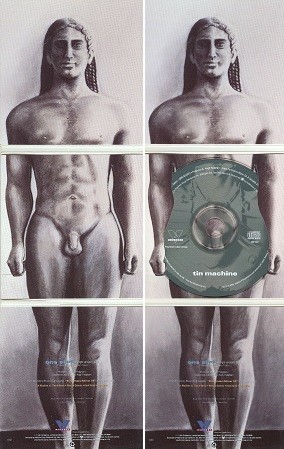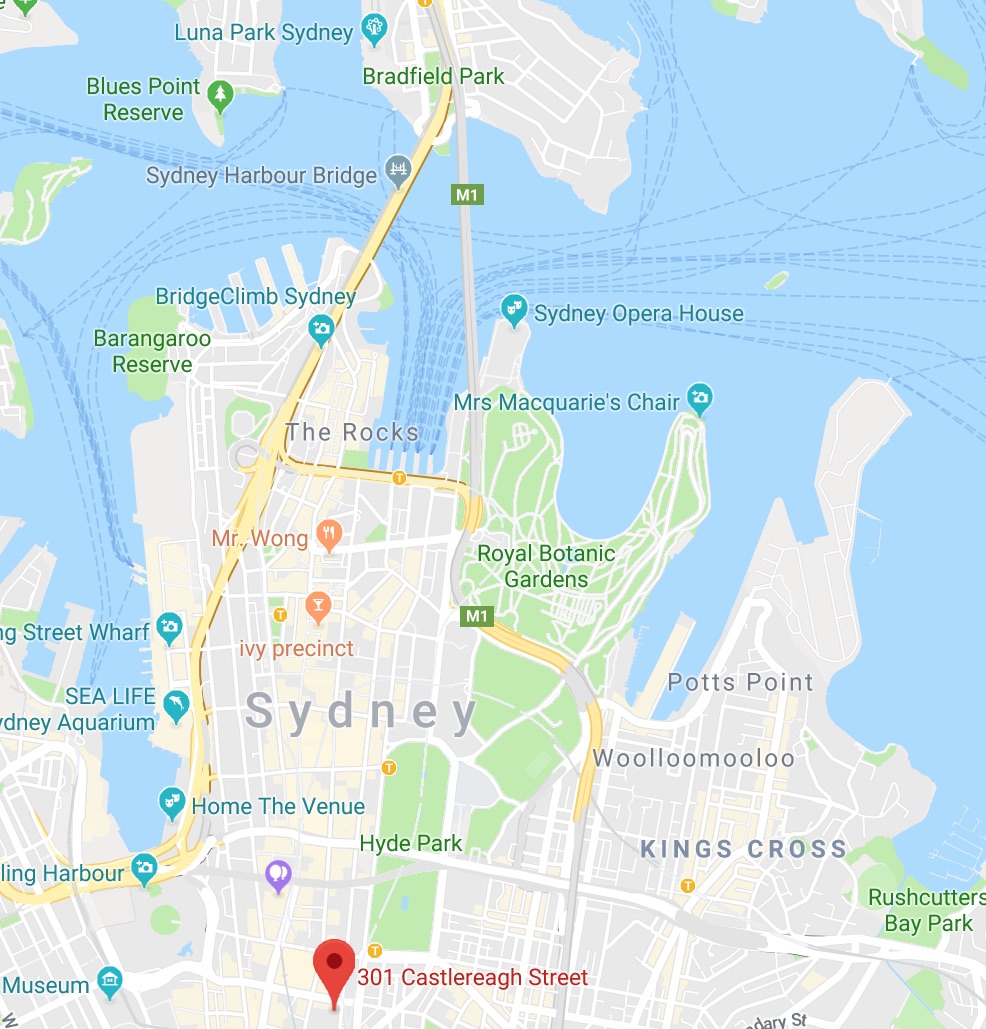
The David Bowie Community of Australia and New Zealand

 |
The David Bowie Community of Australia and New Zealand |
 |
|
||
|
Another song - 'Amlapura' - however, was not about Australia at all but nearby Indonesia. |
 |
|
|
||||||||||
|
||||||||||
}}
|
|
|
Work on the second Tin Machine album occurred shortly after the release of the first album....
|
|
 |
|
|
...despite the period between the two Tin Machine albums being quite long by Bowie's standards (2 years and 4 months).
|
|
||
|
The recording took place at Sydney's EMI Studios at 301 Castlereagh Street. The EMI studios had been located on Level 7 of the strata office building since 1954. There were 3 studios: Studio A, Studio B, Studio C ...plus disc mastering facilities. The head office of EMI in Australia was also located in the building.
|
 |
|
|
|
|
|
|
|
|
|
|
||||
|
|
At this time, Guy Gray (left) was the music engineer. Guy had been working at the EMI premises for a number of years already - starting as a studio assistant in 1981.
|
|||
|
|
 |
|
| Above: Reeves Gabrels and Charlie Sexton, 1989. Studio 301. Photo by Bruce Lydamore. |
|
||||||||||
|
||||||||||
|
||
|
||
|
||
|
||
|
||||||
|
||||||
|
||
|
|
||||
|
|
||
|
|
|||||||
|
}
|
|||
 |
From 2011 onwards, the premises was known as
REC Studios.
|
||
 |
|||
|
||
|
|
|
|
|
|
| Return to TOURS INDEX |
| Return to Life and Leisure INDEX |